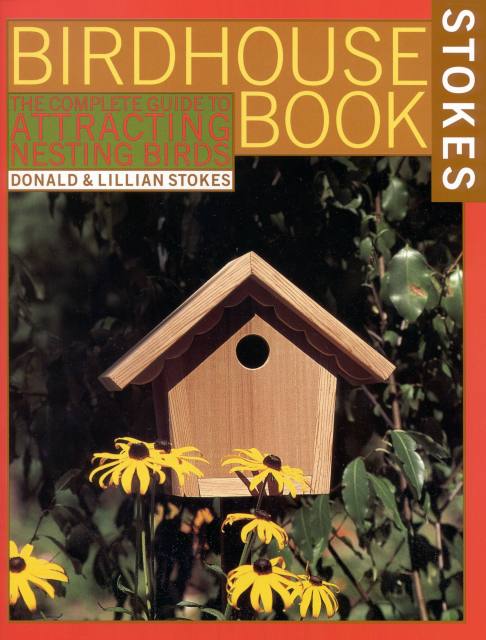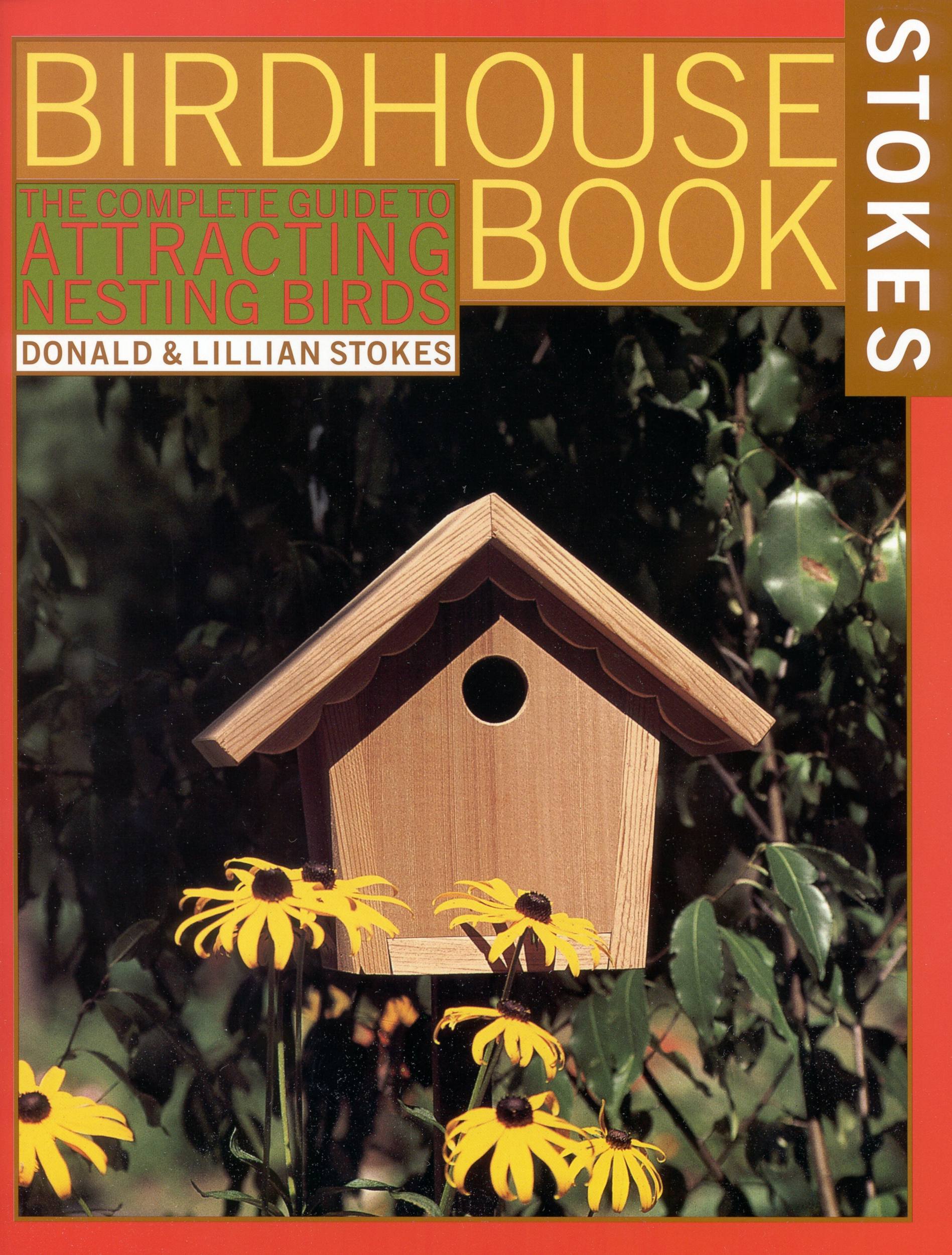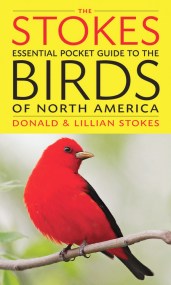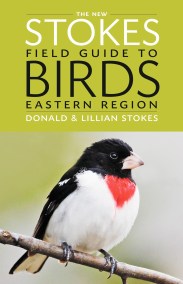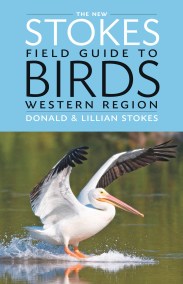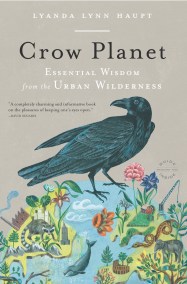Promotion
Use code MOM24 for 20% off site wide + free shipping over $45
The Complete Birdhouse Book
The Easy Guide to Attracting Nesting Birds
Contributors
Formats and Prices
Price
$8.99Price
$11.99 CADFormat
Format:
ebook $8.99 $11.99 CADThis item is a preorder. Your payment method will be charged immediately, and the product is expected to ship on or around September 26, 2009. This date is subject to change due to shipping delays beyond our control.
Also available from:
Experience the joy of watching baby birds being raised just outside your door. With the Stokes Birdhouse Book, you’ll learn everything you need to know to bring nesting birds close and gain a fascinating glimpse of their family life.
This beautifully illustrated guide includes comprehensive information on how to:
- Buy or build a successful birdhouse — complete, easy-to-follow plans are included, along with a chart giving recommended birdhouse dimensions for each species
- Locate your birdhouse properly
- Attract bluebirds, purple martins, and many other birds
- Monitor boxes and control predators
- Observe and understand the breeding and nesting behaviors of the birds in your yards
Genre:
- On Sale
- Sep 26, 2009
- Page Count
- 96 pages
- Publisher
- Little, Brown and Company
- ISBN-13
- 9780316084932
Newsletter Signup
By clicking ‘Sign Up,’ I acknowledge that I have read and agree to Hachette Book Group’s Privacy Policy and Terms of Use
